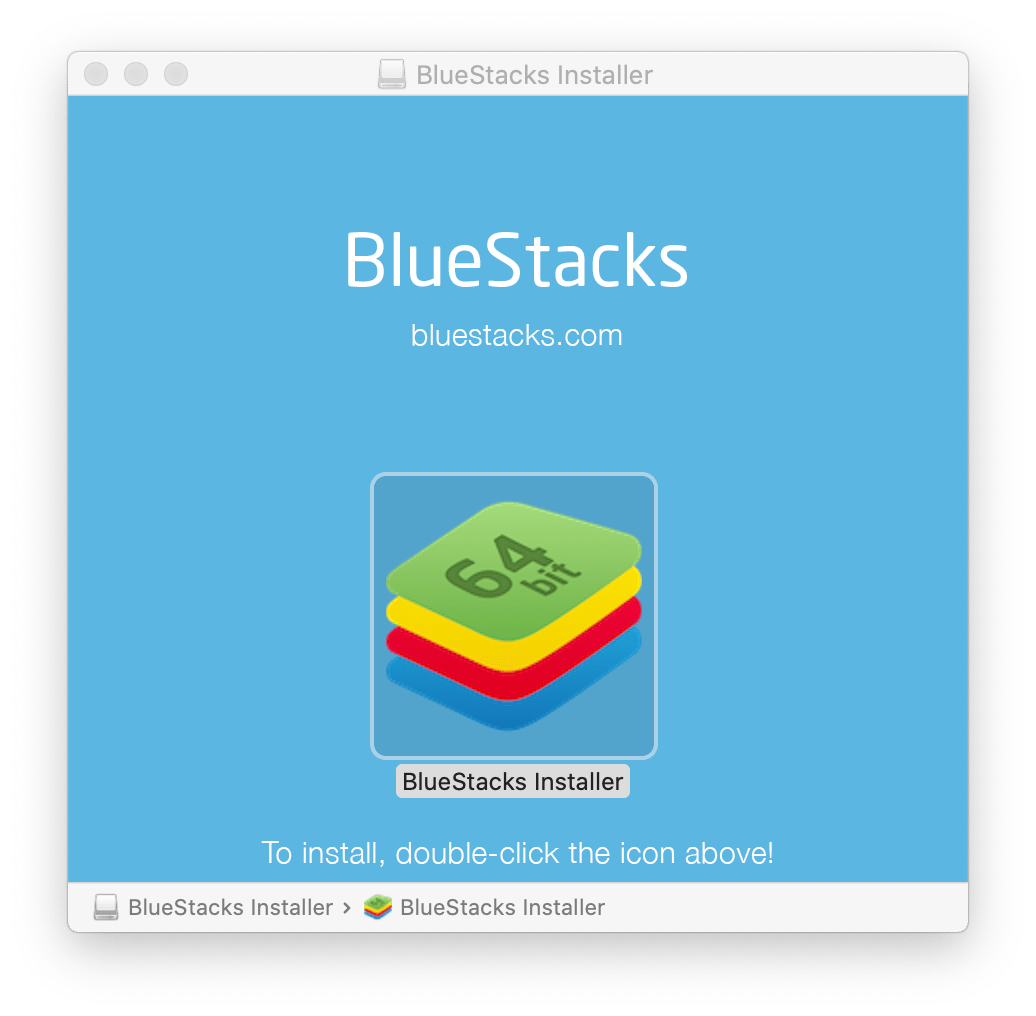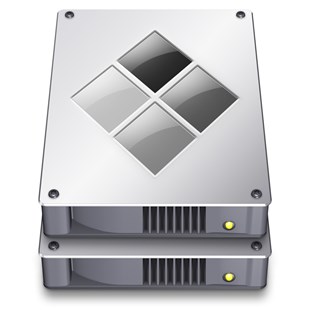Emulation and virtualization software is hugely popular among Mac users who want to run operating systems other than macOS on their computer. While the likes of Parallels Desktop and VMWare Fusion are the most popular tools for running Windows on a Mac, when it comes to running Android, Bluestacks is a widely used option. If you have installed Bluestacks on your Mac to run Android apps, but no longer need it, you should uninstall it to free up space. We’ll show you how to do that in this article.
Launch BlueStacks and click on the icon for the Media Manager from the My Apps tab. Now, select the media file you want to export and hold the left click of your mouse on it. Once you have selected the file, click on the 'Export to Mac' button, as shown below. A Mac Finder window will now open-up. If you haven't granted BlueStacks permission to run on your Mac, then it can crash or get stuck while it initially loads during launch. This article will guide you through the process of giving BlueStacks permission to run on your Mac. BlueStacks could not start the engine: If you are running Bluestacks in the background, you can lead to BlueStacks crashing problem on windows 10 while starting the engine. To solve this problem you have to end the process and try to run the program as an administrator.
What is Bluestacks?
It’s an Android emulator for Mac and PC that allows you to run Android apps and games on both platforms. While it’s optimized for games, it can run over 95% of apps on the Google Play store. So, if there’s an Android app or game you wish you could run on your Mac, Bluestacks is the way to do it. Bluestacks is free to download, and once you’ve installed it, while it doesn’t emulate any specific version of Android, its user interface will look familiar. In addition, there’s an icon for the Google Play storefront and center, so you can get started downloading apps and games straight away.
Why Does Bluestacks Keep Crashing Mac

Bluestacks is legal, and as long as you download it from the official Bluestacks websites, it won’t harm your Mac. One of the best things about Bluestacks is that it works with peripherals connected to your Mac, like your mouse, keyboard, and Mac’s webcam. And you can run multiple instances of Android using BlueStacks. So you could play two games at once or use multiple apps simultaneously. Or you could log in from different accounts and play multi-player games against yourself!
How to uninstall Bluestacks on your Mac manually
When you install Bluestacks, it places the application binary in your Applications folder. However, like all apps, it distributes lots of other files in various folders on your Mac. And to uninstall it completely, you need to remove those files, too. Here’s how to do it.
- Go to Applications > Utilities and launch Activity Monitor.
- Search for any processes with Bluestacks in their name.
- If you find any, select them and press the Quit Process button in Activity Monitor’s toolbar.
- Quit Activity Monitor.
- Go to your Applications folder and drag Bluestacks to the Trash.
- Click on the Finder icon in the Dock, then choose the Go menu.
- Choose Go to Folder, and in the text box, paste: ~/Library
- Check each of the folders below for Bluestacks files. If you find any, drag them to the Trash.

/Preferences
/Application Support
/PreferencePanes
/StartupItems
/LaunchDaemons
/LaunchAgents
- Click on the Go menu again, and this time, in the Go to Folder text box, paste: /Library
- Check the folders listed in step 8 and drag any files with Bluestacks in their name to Trash.
How to uninstall Bluestacks on your Mac easily
There are many steps in the manual method for uninstalling Bluestacks, so you may be wondering if there is an easier way. Well, yes, there is. CleanMyMac X has an uninstaller module that makes it very easy to uninstall any application with just a couple of clicks.
- If you don’t already have CleanMyMac X, you can download it here.
- Once it’s downloaded, install and launch it.
- Choose Uninstaller in the sidebar.
- Locate Bluestacks in the list of apps, check the box next to it, and press Uninstall.
CleanMyMac X will remove every trace of Bluestacks from your Mac, as it will with any app you choose to uninstall. You can even remove multiple apps simultaneously by checking the boxes next to each of the apps you want to delete and then pressing Uninstall.
In addition to uninstalling apps, CleanMyMac X allows you to reset them. Resetting an app returns it to its default state, removing any temporary files and settings that have been added since it was first installed. Often, that’s all you need to do to fix a problem with a crashing or hanging app. To reset an app, do the following.
- Follow steps 1-3, above.
- When you locate the app, click the dropdown next to it and choose Reset.
- Press Reset.
How to uninstall Bluestacks apps
It may be that instead of uninstalling Bluestacks itself, you just want to remove Bluestacks apps. There are two methods for doing that. One uses the My Apps tab in Bluestacks. The other uses Android settings. We’ll show you how to do both.
Uninstall Blustacks apps from My Apps.

- Launch Bluestacks and choose the My Apps tab.
- Click and hold on to the app you want to uninstall.
- You should see an Uninstall icon appear near the top of the Bluestacks window.
- Drag the app over the Uninstall icon and when it turns red, drop the app.
- Click Ok to confirm.
Uninstall a Bluestacks app from Android settings
Bluestacks Won't Start Mac
- Launch Bluestacks and go to My Apps.
- Click on the Settings button at the bottom of the screen (the circle with six dots in it).
- Choose Settings.
- Select Apps.
- Click on the app you want to remove and choose Uninstall.
- Choose Ok to confirm you want to get rid of the app.
Bluestacks Fix For Windows 10
Bluestacks is an app that emulates Android on Mac. It allows you to download and run Android apps and games. It’s perfectly safe, as long as you download it from the Bluestacks website. However, as with any app, if you’ve installed it and now don’t use it, you should uninstall it to free up space on your Mac. Follow the steps above to do that. If you don’t want to go through uninstalling it manually, you can use CleanMyMac X’s Uninstaller module to complete the job in a couple of clicks.